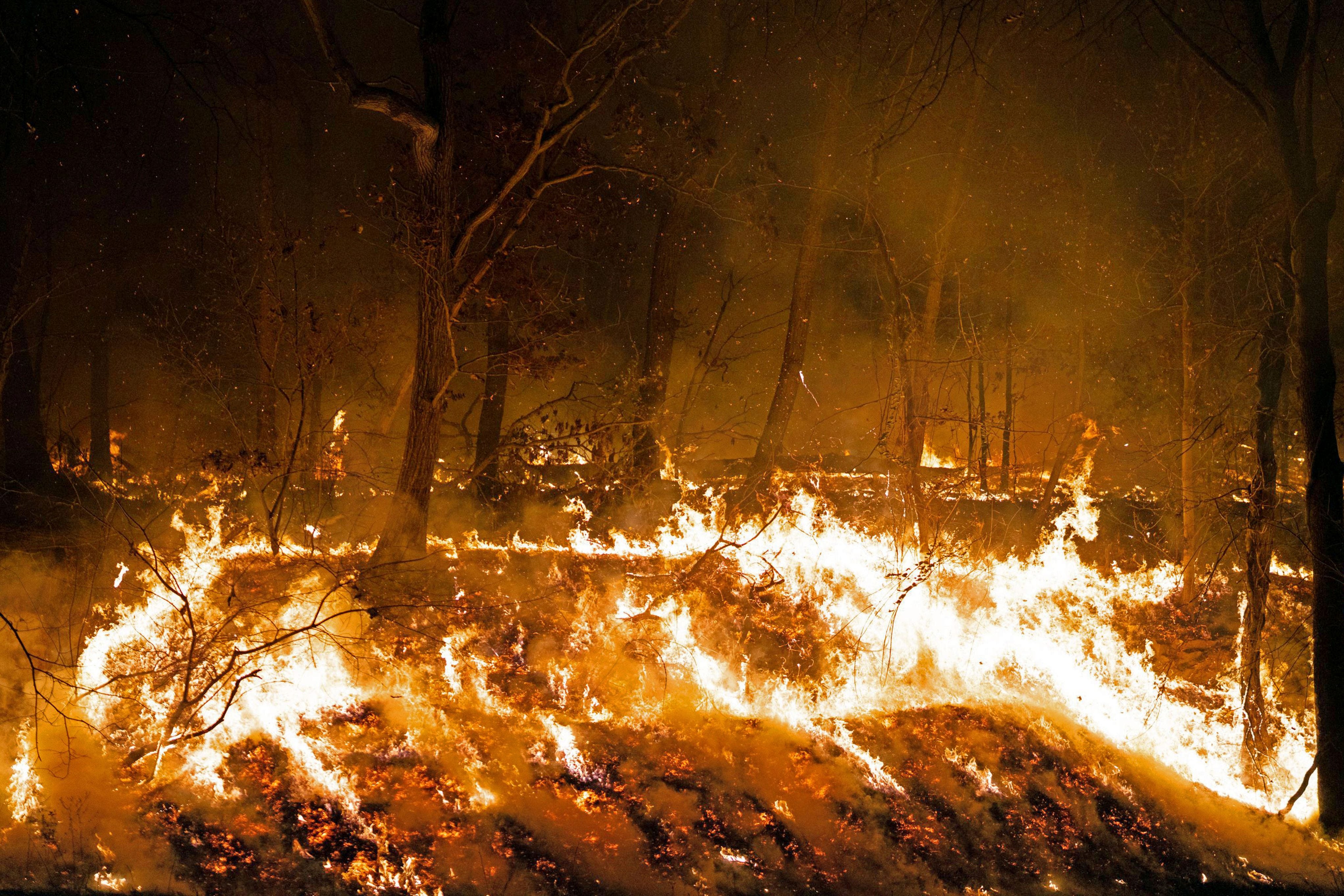
With destructive wildfires burning on both coasts, fire officials might use jargon unfamiliar to residents of states where such big blazes are relatively rare.
Here’s an explainer of some wildfire terminology:
Containment vs. extinguished
Authorities will give daily updates about the percentage of containment that firefighters have reached. For example, when a blaze is 25% contained, it means crews have constructed a fire line around a quarter of its perimeter. A fire line is often a dirt trail built by firefighters using bulldozers or hand shovels that separates the blaze from the grass, brush and trees that feed the flames. In some cases, the lines will be reinforced by flame retardant dropped by aircraft. Fire lines can also include natural breaks such as roads, rocky areas or rivers. A fire line is also known as a fuel break.
When a fire is 100% contained, it doesn’t necessarily mean that it is extinguished, but that it’s controlled. “A fire isn’t controlled until it is fully contained, and crews have extinguished flames and smoking/smoldering fuels, and removed unburnt fuels from about 300 feet inside the fire line perimeter,” the U.S. Forest Service said on its website. It could take crews several days to make sure hot spots have cooled down enough so there is little chance that flames will cross the fire boundary.
A fire is considered to be out when no hot spots and smoke are detected within the lines for at least 48 hours, the Forest Service said. However, large wildfires are often watched and patrolled until rain or snow eliminates all smoke.
Many wildfires burn for weeks or even months.
